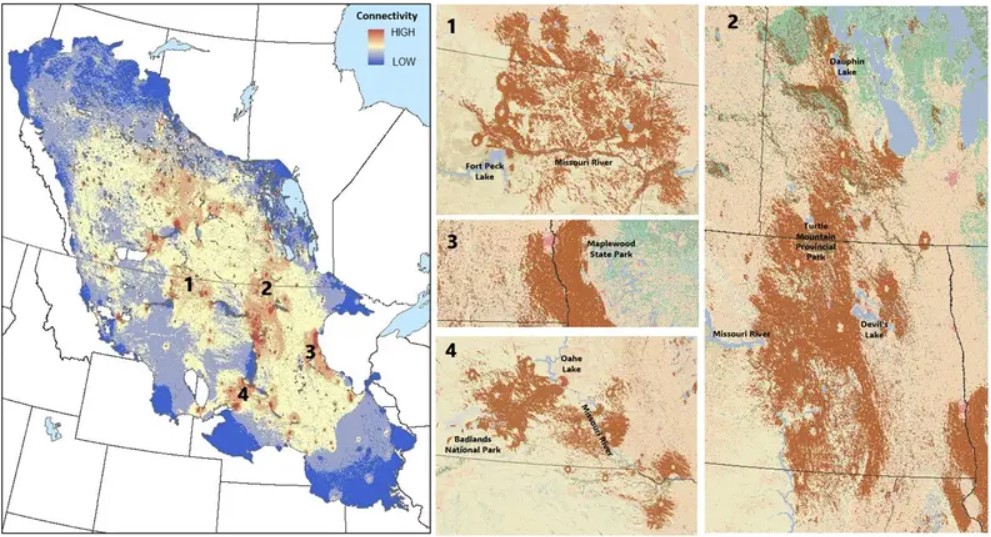Source.
This week, a bill to change the membership, authority, and scope of duties of the Vermont Fish and Wildlife Board took another step toward becoming law. In addition to requiring some “non-consumptive” users serve on the board, the bill would also ban hunting coyotes over bait and with dogs.
The attempted overhaul mostly comes from critics of how the board recently handled coyote hunting and trapping rule changes, Vermont Fish and Wildlife Department commissioner Christopher Herrick tells Outdoor Life. But it reflects a larger shift — one we’ve seen in other parts of the country — toward a more partisan approach to wildlife management than the default trust in agency biologists, managers, and other subject-matter experts. Most notable is Washington, where a wildlife commission recently staffed with multiple preservationist, anti-hunting members voted in 2022 to end the spring bear season, despite the Washington Department of Fish and Wildlife’s stance that it was ecologically sustainable.
In addition to the coyote baiting and hounding ban, Vermont Senate Bill 258 would dismantle and restructure the board with members from varied backgrounds through a new selection process. It would also require that VFWD take over the board’s decision- and rulemaking powers. So if this bill becomes law, (and it looks like it might), then a birder, for instance, would get the same amount of clout that a duck hunter would — and VFWD would have to report to both when setting seasons, establishing Vermont’s antlerless hunt, and making other rules.
Like the regulatory bodies of wildlife agencies in other states, Vermont’s board is currently comprised of governor-appointed citizens. Those 14 members, one from each of the state’s 14 counties, oversee hunting, trapping, and fishing. While they aren’t required to have degrees or career backgrounds in wildlife biology or management, they are informed and guided by those who do: VDFW employees.
But their perceived lack of qualifications — and what many consider an undemocratic selection process — are part of why the bill’s proponents are trying to change the status quo. Herrick says this criticism undermines the quality work the agency has accomplished in recent years.
“If you look at the history of the Fish and Wildlife Board and Department, and the work that we’ve done, our wildlife is in a very good place,” Herrick says. “In the early seventies, we introduced wild turkeys to the state and now that’s one of our biggest game seasons, in May and in the fall as well. We have a healthy and vibrant deer herd. We have a good moose population that’s being managed very well. That doesn’t mention the work we do with our flora. To use a trite phrase, if it ain’t broke, don’t fix it.”
You don’t understand, Mr. Herrick. To them it’s broke if there is any hunting at all. They are rewilders, you see. They don’t admit to a good role of hunters and wildlife biologists in herd management. They think humans are the pestilence. There is an ulterior motive, of course.
If you claim you need your firearms for hunting, and not just for the amelioration of tyranny, they can outlaw hunting and you lose that excuse.
Do you see how this works?
Well, the jackasses who are perpetrating this can enjoy what they have created. It’s not Coyotes. They are Coywolves, and they have dog and wolf DNA too. They are a superbreed.
Over the past century, coywolves have slowly taken over much of eastern North America. Coywolves inhabit the forests and parks around people’s neighborhoods.
They can even be spotted in cities. While most people may think that these creatures are just regular ol’ coyotes, they are actually the results of a coyote and wolf mating.
[ … ]
The hybrid’s scientific name is Canis Iatrans var., and it weighs about 55 pounds more than a true coyote. It also has a larger jaw, a bushier tail, smaller ears, and longer legs.
The coywolf’s genetic makeup consists of the eastern wolf, western wolf, western coyote, and large breeds of domesticated dogs, such as Doberman Pinschers and German Shepherds. On average, coywolves are a quarter wolf and a tenth dog.
There are currently millions of coywolves across the eastern region of North America. Their climbing numbers may be due to the advantages they have over their parent species.
Congratulations, dumbasses. Enjoy your pets being eaten and your children getting attacked and mauled. This superbreed will attack in groups too, unlike their predecessors.
As for the good men and women left in Vermont, if there are any, never go into the bush without a large bore handgun. As for that matter, don’t even take the trash out without carrying.
Around these parts, we shoot Coyotes (Coywolves).




